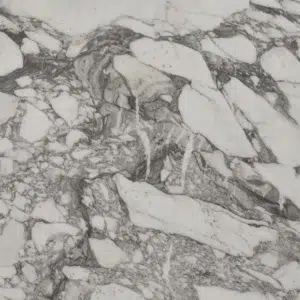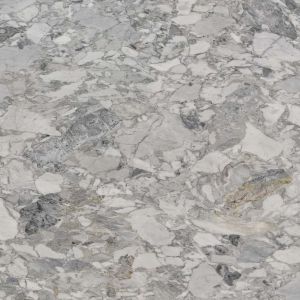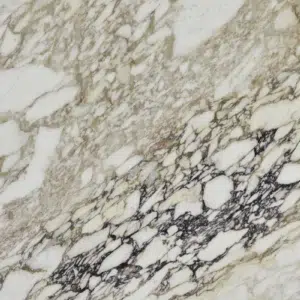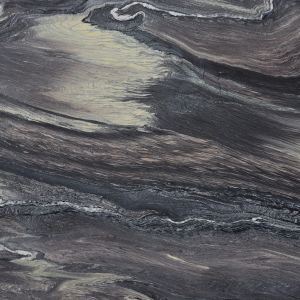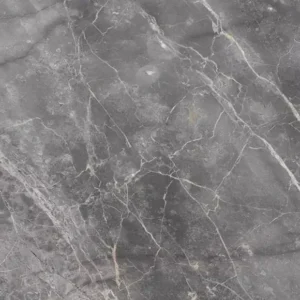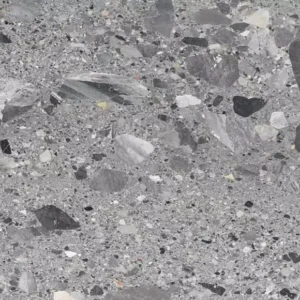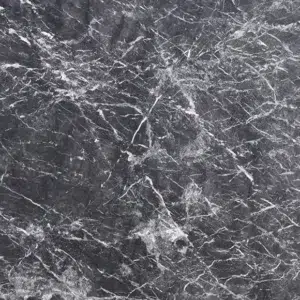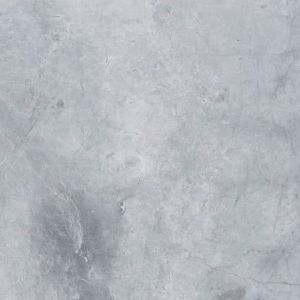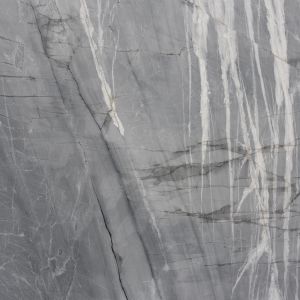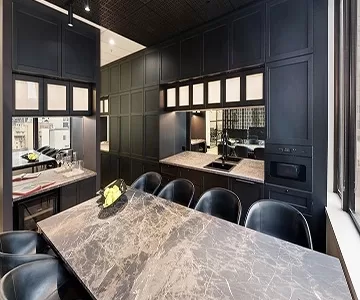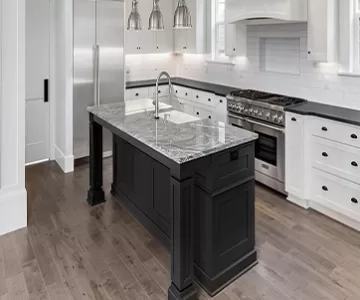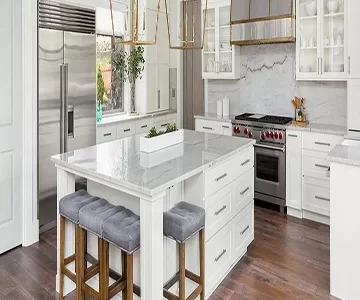Marble Flooring
Our Marble Slabs Range for Flooring
Marble Flooring Australia
Marble flooring isn’t just a surface to walk on; it’s a reflection of refined taste and a commitment to quality. Known for its distinctive veining and rich color variations, marble floors can transform any room into a gallery of natural art. Their natural coolness provides a refreshing feel underfoot, particularly in Australia’s warmer climates, making marble floors not only visually appealing but also functionally superior.
Why is Marble a Good Material Choice for Flooring?
Beyond aesthetics, marble is renowned for its durability, capable of withstanding the test of time when properly maintained. Its natural coolness is a boon in warmer climates, offering a comfortable underfoot experience. Moreover, marble’s versatility allows it to complement a wide range of interior design styles, from classic to contemporary. Here are more reasons why Marble makes a good choice for flooring:
- Unmatched Elegance: The elegance of marble, with its intricate patterns and array of colors, brings a luxe and sophisticated feel to any room. Its reflective surface plays with light, brightening up spaces and creating an illusion of a more expansive area.
- Remarkable Durability: Despite its luxurious appearance, marble is incredibly durable. It can withstand the rigors of daily life, resisting scratches and maintaining its grandeur over time. This makes it not only a visually appealing choice but also a practical one for high-traffic areas in the home.
- Natural Coolness: Marble’s ability to stay cool even in hot conditions makes it an ideal flooring option for Australian homes. This natural property of the stone provides a pleasantly cool surface underfoot, a welcome feature during the hot summer months.
- Adds Value: Installing marble flooring is an investment in your property’s value. Its timeless appeal and longevity make it an attractive feature for potential homebuyers, ensuring that your investment today will reap benefits in the future.
Types of Marble for Flooring
Exploring the types of marble available for flooring reveals a vast array of options, each with unique characteristics. Each type of marble has its distinct appeal, ensuring that there is a perfect match for every interior design preference and color scheme.
Carrara Marble
Hailing from Italy, Carrara marble is famous for its soft gray veining against a predominantly white background. This marble type has been a staple in classical architecture and sculpture, and it brings the same timeless beauty to modern-day homes. Its subtle pattern makes it a versatile choice that complements various interior designs.
Calacatta Marble
Also from Italy, Calacatta marble is distinguished by its bold veining and dramatic contrast. This marble type often features a bright white background with striking, thick veins in gray or gold. Calacatta marble is perfect for creating a focal point in a room, whether it’s in a grand entrance hall or as a statement kitchen island.
Cote D’Azur Marble
Inspired by the blue hues of the Mediterranean, Cote D’Azur Marble features rich blue and gray tones. This type of marble is for those who wish to bring a touch of the exotic to their interiors. Its unique color palette is ideal for adding depth and interest to a space, making it a popular choice for accent areas like bathroom walls or decorative columns.
How to Choose the Right Marble Slab for Your Flooring
Selecting the right marble slab for your flooring involves a careful consideration of several factors. Initially, assess the room’s color scheme and lighting to ensure the marble complements the existing décor.
- Room Size and Natural Light: Consider the size of your room and the amount of natural light it receives. Light-colored marble can make a small room appear larger, while darker marble adds depth and richness to a well-lit, larger room.
- Harmony with Interior Decor: Your marble choice should complement the overall theme of your room. Think about the colors on your walls, your type of furniture as well as other architectural components. The marble can be of different colors to match your current interior arrangements.
- Veins & Colors: Each marble slab is unique, with its veining and color variations. Decide whether you want a slab with bold, pronounced veining for a dramatic effect or one with subtle veining for a more understated elegance. Also, consider the color consistency across different slabs if you’re covering a larger area.
- Finish and Texture: Marble flooring comes in different finishes, from polished to honed and brushed. A polished finish offers a glossy, reflective surface, ideal for formal spaces, while a honed finish provides a matte look that’s better suited for casual areas with heavy foot traffic.
Pros and Cons of Marble as a Material for Flooring
Marble, as a flooring material, offers several advantages and disadvantages. On the positive side, its natural beauty and uniqueness add a luxurious feel to any space. These factors should be carefully weighed when considering marble for flooring purposes.
Pros
- Aesthetic Appeal: Marble’s natural beauty, with its unique veining and rich color palette, adds a touch of luxury to any space.
- Durability and Resilience: Known for its durability, marble can withstand heavy foot traffic and lasts for decades with proper maintenance.
- Cool and Comfortable: The stone’s natural coolness is particularly beneficial in warmer climates, providing a comfortable walking surface.
Cons
- Porous Nature: Marble is a porous material and can be prone to staining and etching, especially from acidic substances.
- Regular Maintenance Required: To maintain its lustrous appearance, marble flooring needs regular cleaning and periodic resealing.
- Cost Consideration: Marble is often more expensive than other flooring materials, making it a significant investment for homeowners.
How to Care for Your Marble Flooring
Caring for marble flooring requires a consistent and careful approach to maintain its luster and prolong its lifespan. Regular cleaning with a soft mop and pH-neutral cleaner is essential to prevent staining and etching. Here are some more tips for caring your marble flooring:
- Frequent Cleaning: Regular cleaning is key to keeping your marble floors looking their best. Use a soft mop or cloth and a pH-neutral cleaner specifically formulated for marble. Avoid acidic or abrasive cleaners that can damage the stone’s surface.
- Prompt Spill Management: Attend spills immediately, especially if they are acidic like wine or citrus juices. Blot the spill with a clean cloth and clean the area with a mild detergent to prevent staining.
- Routine Sealing: Marble is porous and requires sealing to protect it from stains and damage. Seal your marble floors every six months to a year, depending on the level of foot traffic and the specific type of marble.
- Use Protective Pads Under Furniture: To prevent scratches and etches, place protective pads under the legs of furniture. This is particularly important for heavy items like sofas or tables.
- Avoid Dragging Heavy Objects: Dragging heavy items across marble floors can lead to scratches or chips. Always lift and carry heavy objects, or use a protective layer like a rug or a plywood path when moving them.
- Regular Inspection: Periodically inspect your marble floors for signs of wear or damage. Address any issues like cracks or chips promptly to prevent them from worsening.
Conclusion
Investing in your home’s beauty and value through marble flooring. Its natural elegance, endurance, and everlasting beauty are what makes it one of the preferred styles of decoration when it comes to bringing lavishness and beauty into the living places. Knowing about the various kinds of marble, picking the right slab and caring for it appropriately will make sure that your marble floor remains the highlight of your house for years. Allow the splendor of polished marble floors to bring light into your home and add beauty.
Frequently Asked Questions
Is marble expensive for flooring?
Marble is often considered a premium flooring option and can be more expensive than other materials. The cost reflects its natural beauty, uniqueness, and the luxurious touch it adds to spaces. Prices vary based on the marble type and quality, but investing in marble flooring can enhance the value and aesthetic appeal of your home.
Is marble a good choice for flooring?
Marble is an excellent choice for flooring if you seek elegance and durability. It’s valued for its unique patterns, wide range of colors, and natural sheen. While it requires maintenance to retain its beauty, marble flooring can dramatically enhance the appearance of any room, making a statement of luxury and style.
Does the marble floor crack easily?
Marble floors are generally durable but can crack due to factors like poor installation, subfloor instability, or heavy impact. Proper maintenance and quality marble selection can minimize the risk of cracking.
Which is more slippery, granite tiles or marble?
Marble tends to be more slippery than granite tiles, especially when polished. Marble’s smooth finish can become quite slick when wet, making granite a more practical choice in areas where slip resistance is a priority. However, choosing honed or brushed marble can reduce slipperiness compared to its polished counterpart.


